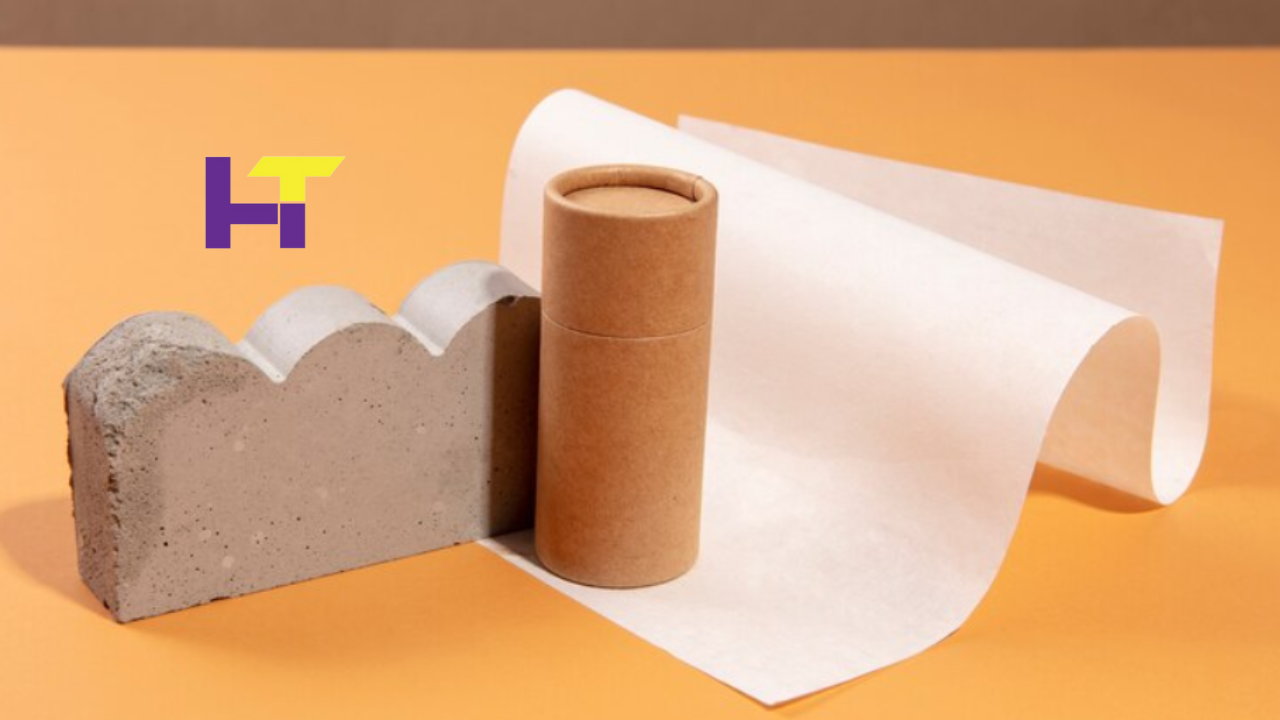Is Your Receipt Toxic? Investigating BPA in POS Thermal Paper

Introduction
Every day, countless transactions conclude with the simple act of handing over a receipt. But behind this ubiquitous piece of paper lies a growing concern: Bisphenol A (BPA). Found in many thermal papers used at point-of-sale (POS) systems, BPA’s potential health risks have prompted a reevaluation of its safety. In this article, we delve into the presence of BPA in receipts, explore its health and environmental impacts, and consider safer alternatives.
What is BPA?
Bisphenol A, commonly called BPA, is an industrial chemical used since the 1960s. It’s predominantly employed in producing plastics and resins, notably in water bottles and food containers, and as a developer in thermal paper receipt. Its primary role in receipts is to develop colour when exposed to heat, facilitating printing without ink.
The Use of BPA in Receipts
BPA is widely used in POS thermal paper receipts due to its cost-effectiveness and ability to produce sharp, durable printouts. However, this convenience has potential health risks, especially as BPA can quickly transfer to the skin and other surfaces upon contact.
Health Implications
Short-term Effects
Short-term exposure to BPA can lead to immediate health issues such as skin irritation, respiratory problems, and, in severe cases, hormonal disruptions that mimic estrogen. These effects are particularly concerning for retail workers with constant exposure to receipts.
Long-term Effects
Long-term exposure increases the risk of more severe health issues, including cardiovascular diseases, diabetes, and even various cancers. The potential for BPA to affect reproductive health and developmental problems in children has made it a chemical of significant concern.
Environmental Impact
Impact on Wildlife
Once discarded, BPA-containing receipts contribute to environmental pollution, affecting water bodies and wildlife. BPA can disrupt the hormonal systems of aquatic and terrestrial animals, leading to reproductive and developmental issues.
Recycling Challenges
BPA in receipts complicates recycling processes. It contaminates the recycling stream, making it harder to process and reuse the paper. This leads to higher amounts of waste and increased environmental hazards.
Alternatives to BPA
BPA-Free Receipts
Many manufacturers have begun producing BPA-free thermal paper in response to the risks associated with BPA. These alternatives, using substances such as vitamin C or bisphenol S (BPS), aim to minimize health risks, though they also warrant scrutiny for potential health impacts.
Digital Receipts
The shift towards digital receipts offers a promising reduction in physical contact with BPA. Digital alternatives not only mitigate health risks but also contribute to reducing paper waste, aligning with more sustainable business practices.
How to Minimize Exposure
Handling Receipts
Wearing gloves and washing hands thoroughly after handling thermal paper can significantly reduce BPA exposure for those who handle receipts regularly. Opting for digital receipts where possible also diminishes direct contact.
Advocacy and Change
Consumers and workers can advocate for safer alternatives by supporting businesses that use BPA-free receipts or offer digital options. Raising awareness about the risks of BPA can also drive change towards healthier, more sustainable practices across industries.
Thermal Paper Roll and POS Systems
Thermal paper rolls are essential components of POS systems widely used in retail, banking, and hospitality. These paper rolls are treated with a chemical coating that reacts to heat from the printer to create a visible print on the paper. The concern arises with the type of chemicals used in these coatings, predominantly BPA, which facilitates this reaction.
Do Receipts Have BPA?
Whether all receipts contain BPA depends mainly on the manufacturer and the specific product. While many receipts do receipts have BPA, awareness and consumer demand have led to the availability of BPA-free options in the market. However, the onus is on consumers and businesses to verify whether their thermal paper rolls are free from BPA. By exploring and understanding these elements, we can make informed choices about our daily interactions with such common yet potentially hazardous materials.
Conclusion
While receipts are a small part of our daily transactions, their impact on health and the environment can be profound. By understanding the risks associated with BPA and taking steps to minimize exposure, we can protect our health and advocate for safer, sustainable alternatives.
Read More: 6 Factors to Consider Before Choosing Label Printers.






